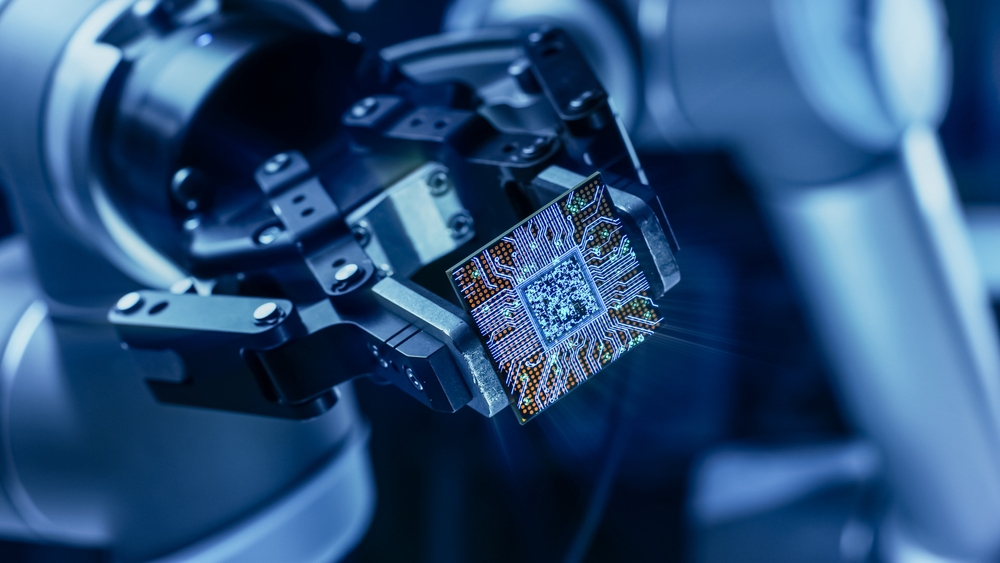Standardized, extremely compact, cost-effective power electronics to boost the future of electric vehicles and the European electronic mobility industry.
Europe’s ambitious goal of phased out new combustion engine car sales by 2035 calls for rapid innovation in electric vehicle (EV) technology. The key to this shift is improving the efficiency, reliability and cost-effectiveness of power electronics. In other words, it is a system that converts electricity, drives an EV motor, and charges the battery. To enhance Europe’s competitiveness and reduce its dependence on external technologies, the EU-funded SCAPE project (Switching cell array-based power electronics conversion for future electric vehicles) is pioneering innovative design approaches for EV power converters. SCAPE (Grant No. 101056781, period 2022-2026) coordinated by the Catalonian Energy Institute (IREC) introduces standardized, modular and scalable solutions that directly address European electrification and industry leadership goals.
Scape targets groundbreaking key performance indicators. Power conversion efficiency of over 97.5%, double the power density, half the cost per kilowatt compared to current standards. These advancements promise an expanded driving range, affordable EVs and an enhanced European industry.
Modular and Scalable Power Converters
Scape introduces a new design approach using modular and scalable power converters, based on a multi-level neutral point clamp topology. Its foundation is a switching cell, a standardized compact basic building block that incorporates advanced power semiconductor technology and auxiliary circuits. Multiple switching cells interconnect to form a “converter legs” that couple into a complete power converter (Figure 1). This modular approach allows for flexible scaling and allows for the concept of power converters for small urban vehicles from single switching cell designs to large quantities of electric trucks according to standardized powertrain design rules, leveraging economies of scale and low engineering efforts to reduce potential manufacturing costs.

Standardized designs significantly reduce engineering complexity and cost. EV OEMs can now efficiently build customized converters using standardized modules generated at scale for wide range of vehicle diversity.
Scape also proposes integration of traction inverters and onboard chargers to a single unit, utilizing multiphase electrical machines. This simplifies vehicle design and manufacturing, significantly improves powertrain capacity, reduces costs, and increases reliability with fault tolerance.

Semiconductor chips directly inside the PCB layer
Chip Embedded Integrated Technology
At the heart of Scape’s innovation is chip embedding technology, which places Power Semiconductor chips directly inside a printed circuit board (PCB). Traditional power converters rely on individual components mounted on the surface, resulting in increased size, reduced switching speeds, increased losses, and thermal limits. Scape’s embedded approach significantly reduces field inductance, increasing thermal management, efficiency and power density. Scape developed the first batch of chip embedded switching cells (Figure 2). Experimental verification confirms successful operation in demanding conditions and demonstrates a 45% reduction in JOUNCTION-SINK thermal resistance and an 85% reduction in the maze inductance of the power loop compared to conventional implementations using separate power devices in the TO-247 package. Therefore, chip embedding not only reduces the size of the converter, but also increases electrical and thermal performance and reliability, allowing for greater switching frequencies that further reduce the size of the converter capacitor and magnetic components, as well as electromagnetic emissions.
Intelligent control and predictive maintenance
Scape’s innovation ranges from advanced management and predictive health management (PHM) strategies. The Powertrain Digital Twin, an accurate virtual replica of a physical system, runs in parallel with powertrain operations and processes the processed data of the online monitoring system (OMS) to continuously evaluate the state-of-the-art (SOH) of the system. PHM actions include predictive maintenance warnings and load redistribution between switching cells, converter legs, and battery modules to maintain operation until operation is servicing. The value to mention is the ability of the OMS to perform an online measurement of the internal impedance of the battery module. This is a parameter that is directly linked to the SOH of the battery. The PHM proactive approach dramatically improves reliability, reduces downtime and increases the trust of electric vehicle users.
Expected impact
Scape is closely aligned with the European Commission’s goals, and contributes greatly to transport decarbonization and industry resilience. By increasing the efficiency of the powertrain, this project will help expand the EV drive range, reduce battery size and reduce vehicle costs. Cost-effective power electronics will be converted directly into more affordable EVs, accelerating consumer adoption.
Furthermore, scapes promote technological sovereignty in Europe. By standardizing switch cell technology, this project supports the development of a robust EU-based supply chain, minimizing reliance on imported components and expertise. The innovative modular design allows for rapid adaptation across vehicle classes, creating economies of scale within the European market.
The project’s predictive maintenance capabilities further increase lifecycle sustainability, reduce e-waste and improve environmental performance. Therefore, Scape’s overall approach ensures that the European EV transition is technologically advanced, economically viable and environmentally responsible.
Through strategic innovation and European collaboration led by IREC, Scape demonstrates how targeted research can produce practical solutions for the greener, more competitive automobile future.
This article will also be featured in the 24th edition of Quarterly Publishing.
Source link

